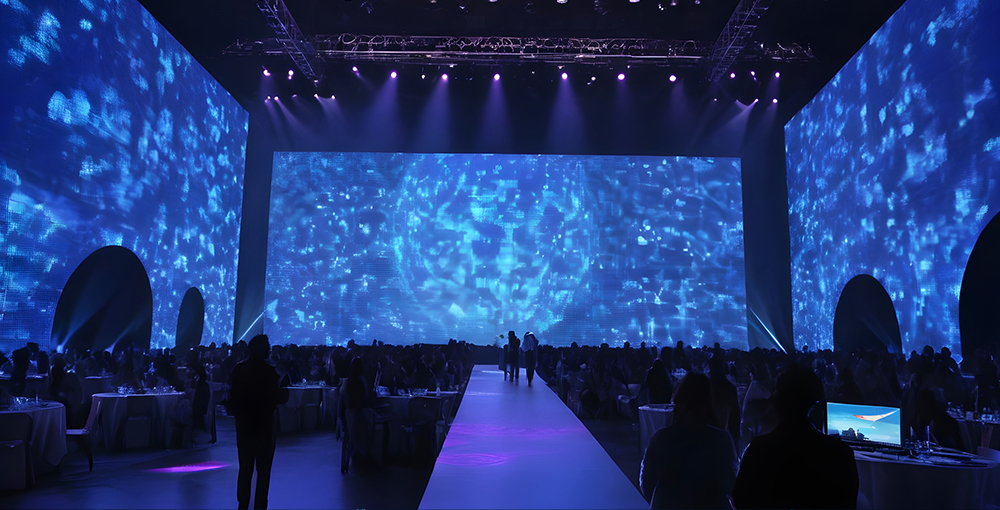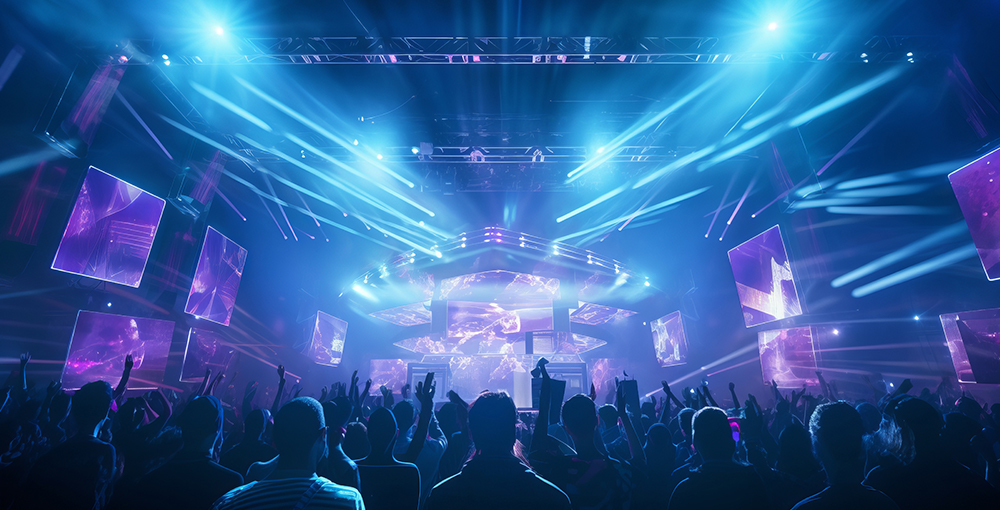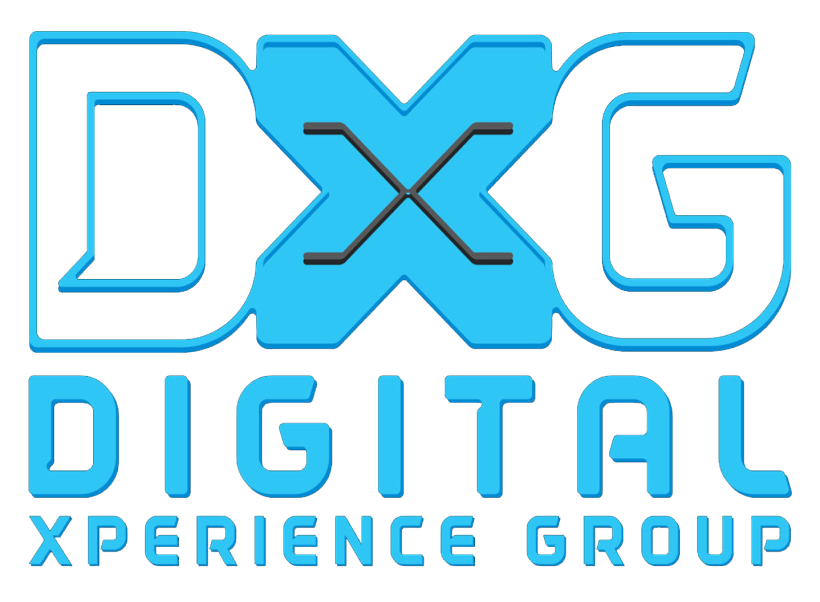Pros and Cons of Using LED Walls For Your Event

February 14, 2024
Pros and Cons of Using LED Walls For Your Event
Let’s mind back something - when did you last experience an event without their dazzling presence? See, LED walls are everywhere these days, from concerts and festivals to conferences and exhibitions. They are the ultimate display technology for turning any event into a stunning spectacle of light and color.
But are LED walls always the best option for your event? Or are there some situations where you might want to consider other alternatives? Find this out from their pros and cons.
What are the Pros and Cons Of Using LED Walls For a Event
LED walls can provide a visually stunning and immersive experience for your event. However, they also come with some disadvantages. Let’s have a look at pros and cons of using LED walls for your event:
Pros:
If you are planning an event that requires a large and bright display, you can consider using LED walls. Here are some of the pros of using LED walls for your event:
1. High-resolution visuals:
LED walls offer sharp and clear images, making them ideal for displaying high-quality content, such as videos, presentations, and graphics. They have a high resolution, wide color gamut, and a high contrast ratio, enabling them to deliver realistic and immersive visual experiences.
2. Wide viewing angles:
LED walls have wide viewing angles, allowing attendees to see the content clearly from various positions in the event space. Their feature - wide viewing angles of up to 160 degrees, ensuring clear visibility and consistent image quality from nearly any direction. This eliminates the distortion and color shift common in LCD screens, guaranteeing that your content remains impactful and engaging throughout the event.
3. Brightness and contrast:
LED walls offer high brightness and contrast, making them suitable for indoor and outdoor events, even in direct sunlight. They shine in bright environments, offering high brightness for clear visibility. LED wall auto-adjust brightness to save energy and enhance visibility. Their high contrast ratio produces deep blacks and vivid colors for exceptional content quality.
4. Customizable sizes and shapes:
LED walls can be assembled in various sizes and configurations, providing flexibility in designing your event space. They offer unmatched versatility, with modular panels that can be arranged in various shapes and sizes, including curved, flat, or irregular configurations. Customize color, content, and mode to match your event's mood and atmosphere.
5. Durability and reliability:
LED technology is generally more durable and reliable than other display options, such as projectors or LCD screens. They are resilient to harsh conditions like rain, snow, heat, and cold due to their shock, vibration, and temperature resistance. Their long lifespan, up to 100,000 hours without losing brightness or quality, minimizes maintenance costs.
6. Seamless image display:
LED walls have minimal gaps between panels,resulting in a more seamless and visually appealing display. They boast exceptional pixel densities, with pixel pitches as low as 0.9mm, resulting in smooth surfaces and minimal visible seams or bezels. This ensures seamless image displays that captivate your audience without distractions.
7. Energy-efficient:
LED walls consume less energy than other display technologies, making them a more environmentally friendly option. They use light-emitting diodes (LEDs) to create images and videos, saving more energy and being more eco-friendly than traditional lights. By reducing energy consumption and carbon footprint, LED walls can lower your electricity bills and contribute to a more sustainable event.
Cons:
However, LED walls are not without drawbacks. They can also pose some challenges that you should be aware of before using them. Here are some of the cons of using LED walls:
1. Cost:
LED walls can be expensive in terms of initial investment and ongoing maintenance. In particular, it can range from $600 to $3,000 per panel. Though this range depends on size, resolution, installation, and maintenance. Renting LED walls may also be costly, especially for high-quality options. For example, $500 to $10,000 per day, depending on the pixel pitch and quality of the LED wall.
2. Complex setup:
Setting up an LED wall can be time-consuming and may require professional assistance, especially for larger or more complex configurations. To be specific they consist of modular panels that need to be interconnected using power cables, data cables, and a video processor. Even some LED walls may require additional support structures, like frames, brackets, or scaffolds, to accommodate their weight or shape.
3. Potential technical issues:
As with any technology, LED walls can sometimes experience technical issues, such as individual LED failures or color inconsistencies. These issues can disrupt the visual quality and overall operation of the wall. Some common problems are bad cables, faulty power, broken or wrong LED modules, and incorrect or outdated software settings, potentially necessitating troubleshooting or repair.
4. Weight and transport:
LED walls can be heavy and bulky, making transportation and installation more challenging and potentially requiring additional infrastructure to support their weight. For example, reinforced flooring or specialized lifting equipment, to ensure safe and secure handling. If we talk about the installation process, large ones may require specialized hoisting equipment like cranes or forklifts, for lifting and maneuvering into place.
5. Limited close-up viewing:
Although LED walls offer high resolution, they may not be the best choice for close-up viewing, as individual LEDs could become visible at short distances. The optimal viewing distance depends on pixel pitch, the distance between two LEDs. For example, 2.5 mm pixel pitch allows viewing from 5 meters, 10 mm pixel pitch requires 20 meters. If viewers are too close, the image may look pixelated or distorted.
6. Noise:
LED walls need cooling to avoid overheating and damage. Some walls, particularly those with built-in cooling systems, can generate noise that may interfere with the event's audio experience. Multiple cooling systems can elevate noise levels, especially near the audience. Ambient noise may mask or amplify the cooling system's sound, while site acoustics, such as reflective surfaces or sound-absorbing materials, can influence the perceived noise level.

LED Walls: Balanced Evaluation and Recommendations
In conclusion, LED walls can be an excellent choice for events that require high-quality visuals, brightness, and customization. However, they may not be suitable for all events due to their cost, complexity, and potential technical issues. Carefully consider your event's specific requirements before using an LED wall. You should weigh the pros and cons of LED walls, from their resolution, viewing angle, contrast, energy efficiency, to cost, weight, transport, close-up viewing, and noise.
